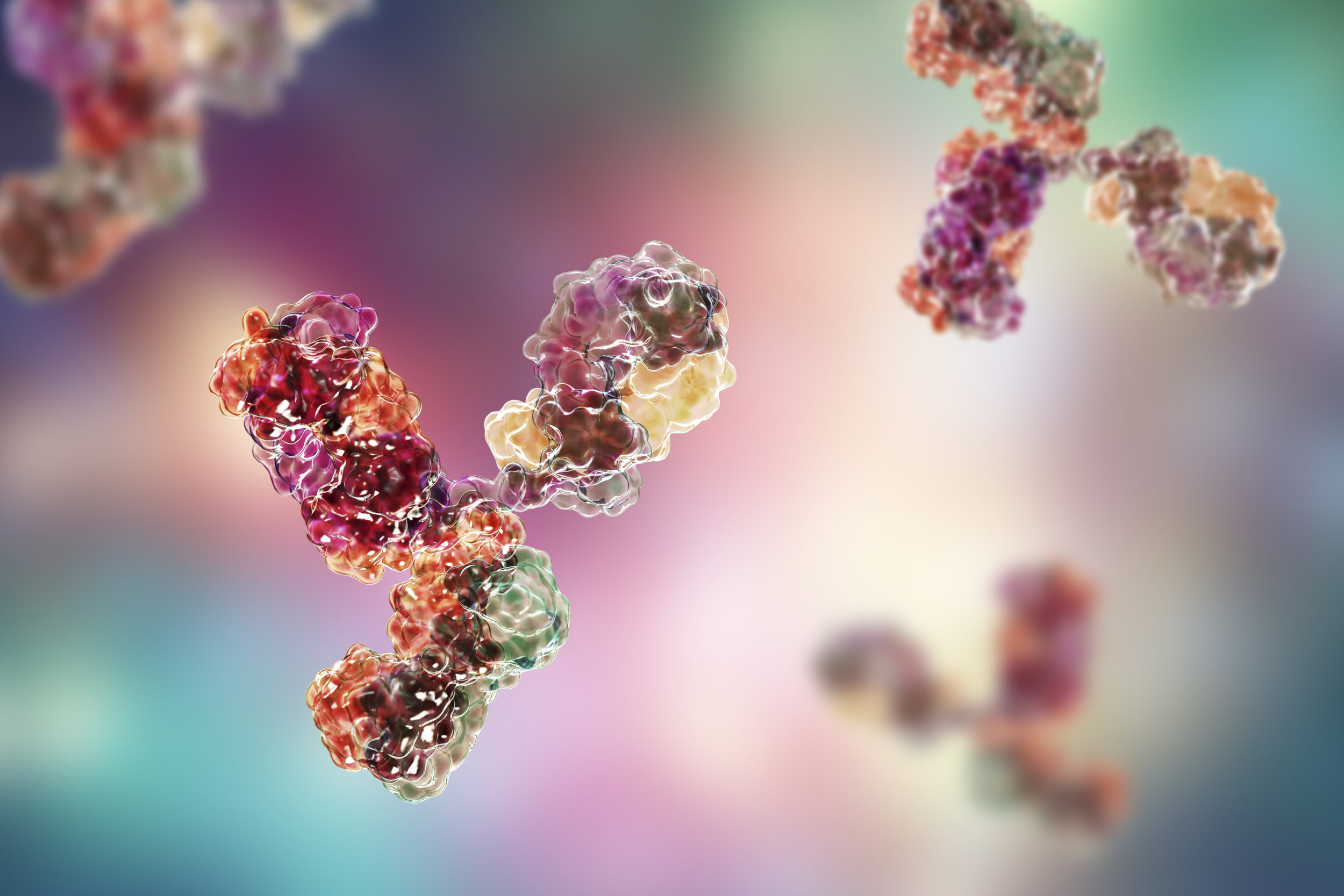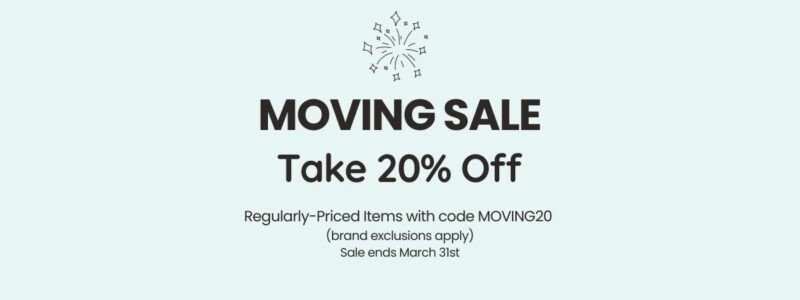Breast milk is pretty amazing stuff! It’s designed just with a growing baby in mind, and mother nature tweaks the formula for each of the thousands of kinds of animals called mammals that feed their young with milk. Mammals include animals small as a mouse, big as a whale, fast as a cheetah, and slow as a sloth. Some mammals fly like bats, some have pouches like kangaroos, and some even still lay eggs like the platypus! And of course, this includes humans, too.
Many pediatric and health organizations recommend feeding babies only breast milk for the first several months of their lives and then for quite some time after that because of the health benefits it can provide, but there are also some situations where that may not be possible. We’ll discuss how breast milk works to provide excellent nutrition for our babies and some alternatives for when it’s not an option.
How Breast Milk is Made?
The process that creates milk in the human body is pretty straightforward. Milk is produced in the breasts in response to pregnancy and then as the baby continues to breastfeed. Here are some more details on how that happens.
 Where is Breast Milk Produced?
Where is Breast Milk Produced?
Breast milk is produced in the mammary glands – that’s how we got the name mammals. Our body is made up of many kinds of tissues like skin tissue, brain tissue, heart tissue, and so on, and the mammary glands are made of tissue that is dedicated to producing and storing milk. In humans, the mammary glands are grouped together in the breasts, and each breast usually has 10-20 glands in it. These glands have tubes called ducts that lead to the nipple, where babies can drink the milk produced.
During pregnancy, the body uses hormones called prolactin, estrogen, and progesterone to tell the breasts to get ready for the coming baby. Hormones are substances the body uses to send messages from one part to another. They’re produced in their own special glands, in this case the ovaries and hypophysis (often called the pituitary gland).
When these signals get sent out during pregnancy, the breasts grow larger, receive increased blood flow, and rapidly grow lots of alveoli, small pockets that will produce and store the milk. Once that is complete, the breasts can begin to lactate, the scientific term for producing milk. You might hear the terms “lactating” or “lactation” as well. These all reference the breasts making milk. The term is based on the word “lactose,” which is the name of the main type of sugar found in breast milk.
When is Breast Milk Produced?
Though the breasts grow bigger during pregnancy, they are not yet producing milk. At the very end of pregnancy and during the first few days after birth, the mammary glands will produce colostrum. Colostrum, which is sometimes called “beestings,” “bisnings,” or “first milk,” has some special things in it that regular breast milk doesn’t.
Brand new babies have sensitive stomachs and also need to pass their first stool, so colostrum is especially high in nutrients and acts as a mild laxative. This allows the baby to get the nutrients they need from a smaller amount of food than usual and get their stomach moving at the same time. It also provides some antibodies and other immune system support to help keep the baby healthy while their own immune system gets stronger.
Regular milk production usually begins within a few days of giving birth, when the body sends out new hormone signals. When the baby suckles or a breast pump is used, the body also produces a hormone called oxytocin that helps push the breast milk out of the ducts.
When Does Breast Milk Stop Being Produced?

As the body’s hormone signals continue to change after pregnancy and the baby is weaned off of breast milk, milk production will slow down and eventually stop. Much of the breast tissue that grew during pregnancy will shrink, and the empty space will be replaced with fat tissue. Everyone’s mammary glands are a little different, so sometimes they will continue producing milk as long as there is a baby suckling or milk is being pumped on a regular basis, but sometimes milk production will stop relatively early on after a baby is born.
What is Breast Milk Made Of?
Human breast milk is about 90% water, and the rest is made up of the same basic components that all mammals have in their milk: proteins, fats, carbohydrates, vitamins, and minerals. Proteins and fats are the main building blocks of our bodies, and carbohydrates, vitamins, and minerals help fuel us and keep our systems running smoothly. Human milk has about 1% protein, 4% fat, 7% carbohydrates, and 0.2% vitamins and minerals. The content can change quite a bit depending on what you eat, whether it’s the beginning or end of a baby’s feeding, and even on the time of day.
Different animals will have different amounts of each component to make sure their babies get exactly what they need. A seal’s milk has about 50% fat, but a rhinoceros has only 0.5% in theirs. Rabbit milk has about 10% protein compared to 4% in llama milk. All kinds of different combinations exist to help babies grow up in all kinds of different environments.
Next, we’ll cover some of the main ingredients in human milk. Most of the components of breast milk don’t have common names we all recognize, only fancy-sounding scientific ones, so don’t worry if you run into a few tongue-twisters!
Proteins
Proteins are one of the critical building blocks of the body, especially for building our muscles, organs, skin, and hair. They also help build all kinds of things like enzymes, hormones, parts of the immune system, and even our DNA. The main proteins found in breast milk include casein, immunoglobulin IgA, lactoferrin, lysozyme, alpha-lactalbumin, and serum albumin. These play a large role in helping your baby’s body grow and keeping the digestive tract healthy.
Carbohydrates
The main carbohydrate in breast milk is a type of sugar called lactose. Babies digest the lactose to fuel their bodies as they grow. There are also over 100 special sugars called human milk oligosaccharides (HMOs). HMOs aren’t digested, but instead play two very important roles in the digestive system. They feed the intestinal flora in the gut, and they help out the immune system by acting as a decoy that distracts germs. Flora is the term used to describe all the different bacteria that live in our digestive tracts and help us process our food. They’ve gotta eat, too!
 Fats
Fats
Breast milk contains a wide variety of fats, which you will often see referred to as lipids or fatty acids. The two major components are palmitic acid and oleic acid, also known as O-P-O triglycerides. There are also many different phospholipids, trans fats, and conjugated linoleic acids. Fats play a role in tons of important processes in a growing baby’s body, from being a building block in tissue construction to acting as a base ingredient for hormones and other parts our systems depend on. They’re also important for regulating your baby’s appetite, making sure they don’t eat too much or too little.
Vitamins and Minerals
There are tons of vitamins and minerals in breast milk. The major minerals are calcium, magnesium, phosphorus, potassium, and sodium, which play important roles in every part of your baby’s growth. The amount of vitamins generally depends on what you’re eating, which is why doctors recommend taking postnatal vitamin supplements. Your doctor can help you figure out which ones are right for you.
Babies are usually given a shot of Vitamin K shortly after birth because breast milk doesn’t have much in it, and babies aren’t born with much in their system either. Low Vitamin K can cause a problem called VKDB, sometimes called hemorrhagic disease of the newborn. Vitamin K is necessary for coagulation, the process that helps our blood clot if we start bleeding. If we don’t have enough, it can lead to serious internal or external bleeding that can be fatal, even without an obvious injury. Because internal bleeding may not be obvious in a newborn, and therefore left untreated until it’s too late, the Vitamin K shot is strongly recommended for all infants by the American Association of Pediatrics and other healthcare organizations around the world.
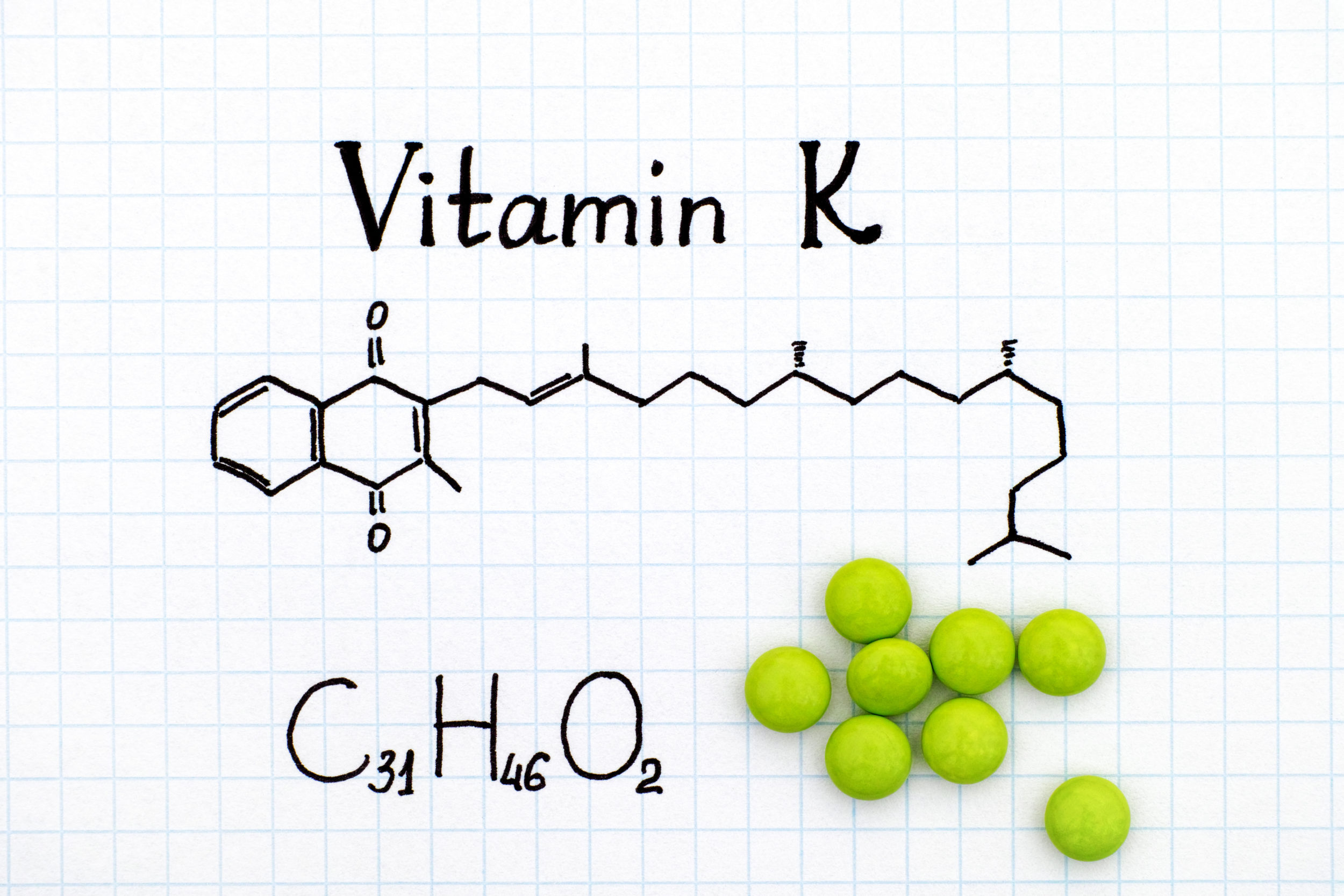
Is Breast Milk Always Best?
We hear this phrase a lot: “breast is best.” That’s true in the most strict sense – if we lived in a perfect world where everything always went exactly to plan, breast milk would be the best choice to feed our babies because there are some things in breast milk that science hasn’t yet been able to copy and put in baby formula. But we all know things don’t always go exactly to plan, especially when it comes to kids! Breast milk is optimized to meet the nutritional needs of a typical baby, but that doesn’t mean it’s the only thing that can help them grow up healthy and strong.
How Breast Milk Can Fall Short
Premature babies often need such large amounts of milk that it’s difficult to produce enough, so they’ll need extra formula to make sure they’re getting enough calories and nutrition. Some babies have a difficult time latching to the breast to suckle, so even if there’s enough milk, they won’t be able to get enough to eat. Certain problems with digestion or metabolism can lead to situations where the baby simply cannot get the nutrition they need, no matter how much milk they get.
There are also a variety of factors that can cause a low milk supply, so no matter how well the baby feeds, it won’t get enough to eat. In that case, formula can help make up the difference, too. And there’s not enough space here to count all the other different medical and family situations that can make breastfeeding next to impossible. We just don’t live in that perfect world where everything always goes to plan.
At the end of the day, every situation is different, and every baby is different. Breastfeeding is great, but there are hundreds of reasons it may simply not be possible. Because of the different needs of different babies, it’s more accurate to say “fed is best,” whether that involves breast milk or not. There are many healthy formulas and supplements that your doctor can help you choose.
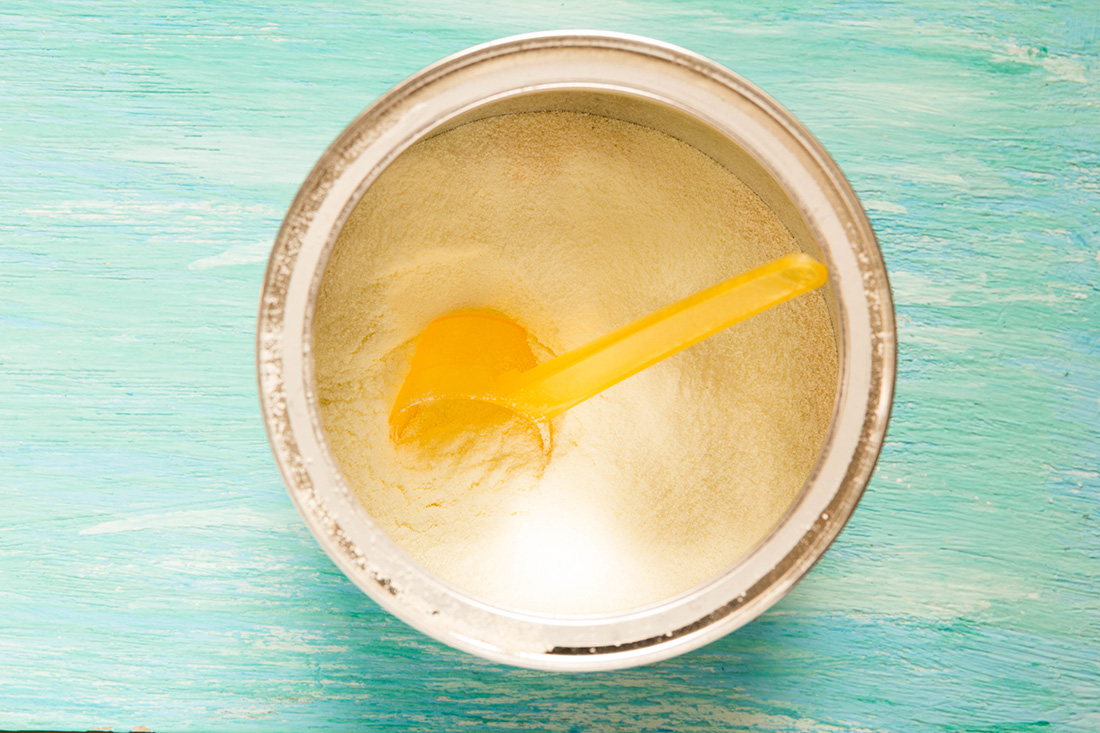
Breast Milk Supplements and Alternatives
If you have any concerns about breastfeeding, it is best to talk to your doctor or lactation specialist. Most cities will have community groups that can help you find resources, and there are national organizations like La Leche League that can help as well. It is always best to speak to a licensed specialist to figure out what will be best for you and your baby.
If your concern is low milk supply, there are some supplements you can take and foods you can eat to help improve supply. It is becoming easier to get donated milk from milk banks as well. Otherwise, baby formula is the most well-known and generally best option for helping your baby get enough healthy calories every day. Common brands of formula you may have heard of are Similac, Enfamil, and Gerber, but there are many others available as well. Nowadays there are also special formulations for babies with digestive issues or allergies. There are even recipes available for making formula at home, though this should only be done with the advice of a doctor or nutritionist. Your specialist can help you choose the best option for your baby.
If you use formula, it is important to follow the directions for mixing it exactly. It is not safe to add extra water or other liquids to “stretch” the formula. Too much water or other liquids in a baby’s diet can cause dangerous health complications. Unless your doctor has instructed you to give your baby water, it is usually unsafe to give water to infants under six months old.
As such, there are several things that should not be used to replace formula alone. Most other options do not have the mix of nutrients your baby needs like we discussed above, and they may have things in them that are unhealthy or even dangerous. The following should NOT be used as formula:
- Milk from cows, goats, sheep, or other animals
- Non-dairy milks like almond milk, soy milk, oat milk, or other similar drinks
- Fruit or vegetable juices, fresh or bottled
- Soft drinks like soda, energy drinks, fruit punch, or other beverages
- Powdered drink mixes like Kool-Aid, Crystal Light, Tang, Nesquick, Ovaltine, and so on
- Coffee, tea, or any other caffeinated beverages
Some animal milks and non-dairy milks can be used safely as the base for a homemade formula, but they cannot be used alone and will need to have certain vitamins and minerals added. You should only do this under the advice of a specialist.

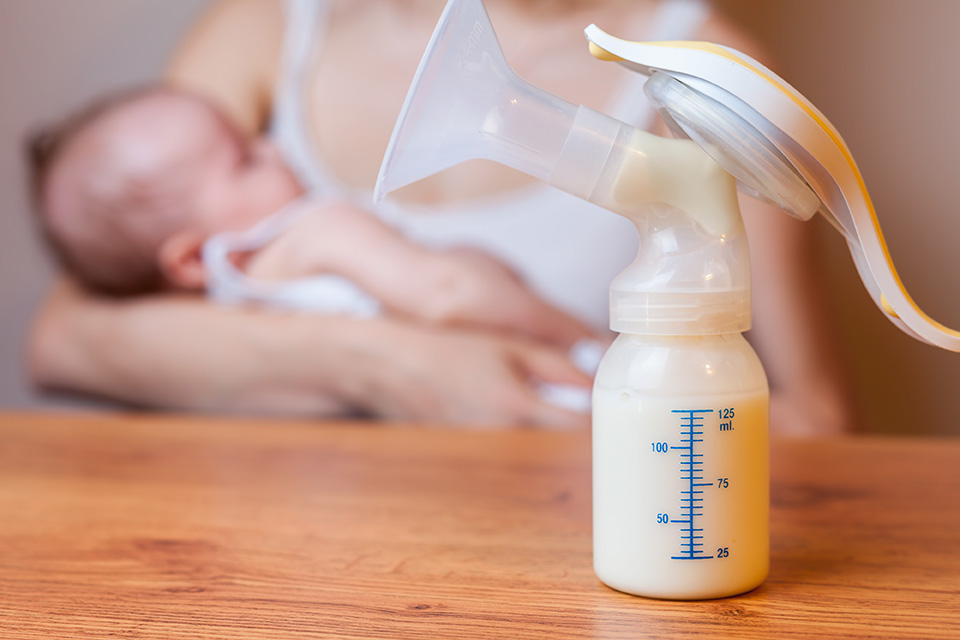
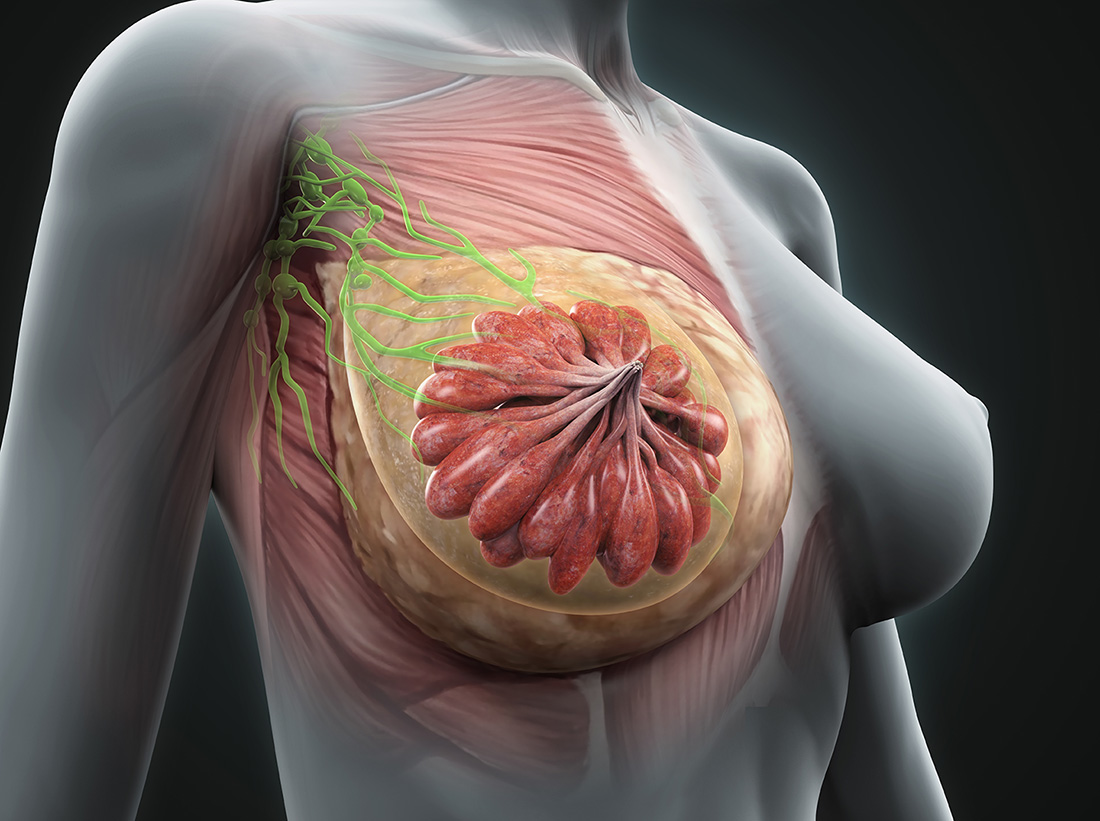 Where is Breast Milk Produced?
Where is Breast Milk Produced?